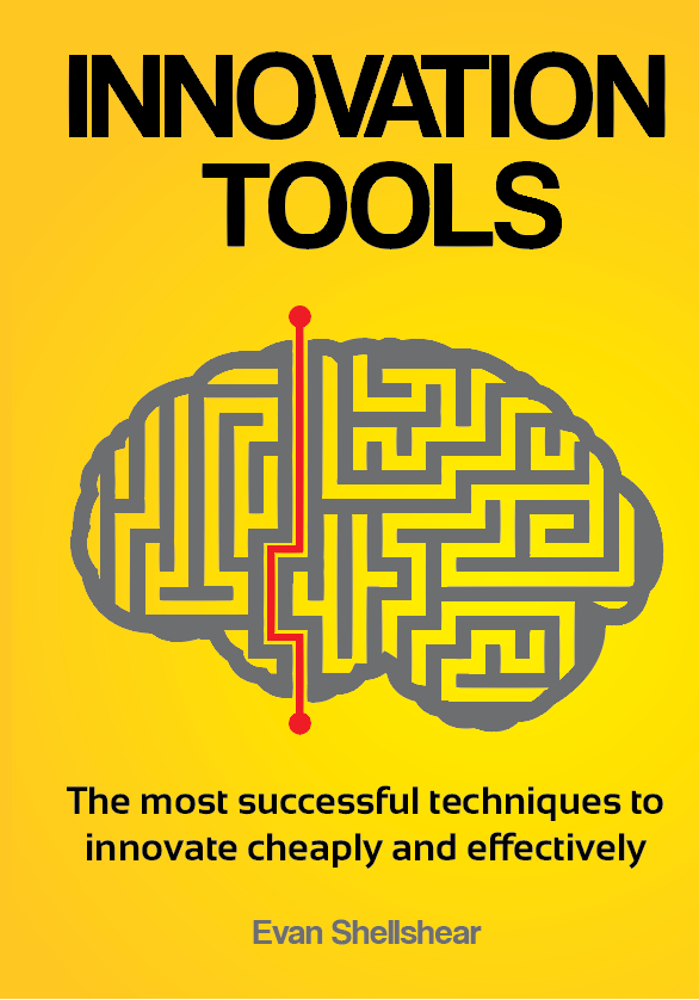LEGO has earned the right to celebrate. Not only are kids playing with more mini LEGO people...
Startup
Written by Christine Thong and Evan Shellshear When was the last time you seriously thought about your...
The mantra of ideas being worthless can be heard from all corners of the globe. Venture capitalists...
I wanted to reach out to everyone in this blog post and share with everyone some awesome...
SydStart and Startup88 are giving away two free tickets to SydStart at the Hilton Hotel on Tuesday...
The Pitch Startup Name * Garagesocial What problem are you solving? Garagesocial works to create an all-in-one...
Pocketbook really appears to be making massive progress, maybe the 10 or so VCs in Australia with...






